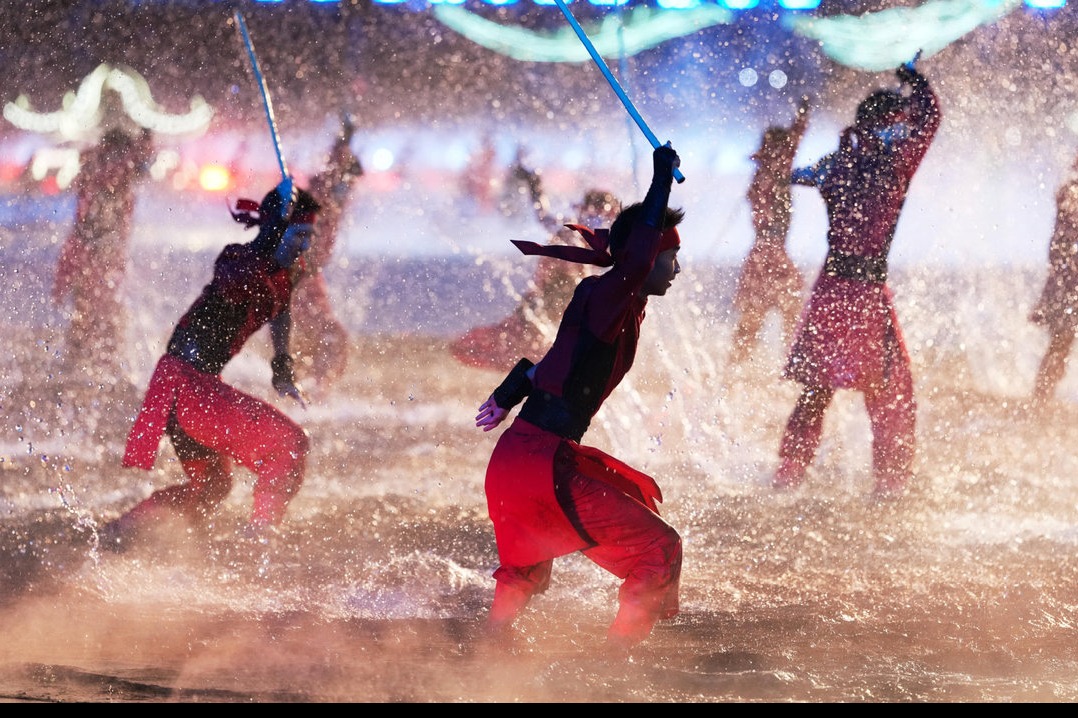Creatures featured in collection of emperor’s animal encyclopedias
By Wang Kaihao | China Daily | Updated: 2019-08-07 08:17

"I think it's partially because zoology, botany, and geography were once mixed together and, therefore, the situation encouraged a boom of new knowledge in Darwin's era," Wang says. "Such interdisciplinary thinking is needed for the younger generation today to keep them competitive.
"I hope the book can break the barrier between humankind and the natural sciences," he says. "We loved the idea of adding a little romance to the book, so we also included ancient poems and cultural allusions relevant to the animals."
Just like Fantastic Beasts and Where to Find Them, the magic textbook written for students of Hogwarts, Qianlong's encyclopedias, especially Shou Pu, are full of legendary animals, many of which are said to possess superpowers. Painters were said to be inspired by The Classic of Mountains and Seas, or Shan Hai Jing, a 2,000-year-old collection of mythic geography, beasts and folklore.
The book, despite its title, Natural History in the Palace Museum, also includes profiles of many fictional animals, in a bid to stoke the imagination.
Parents who take their children to visit the Palace Museum are often bombarded with questions about the decorations featuring sacred animals, according to Bao Fang, one of the book's editors from CITIC Press. "Children always want to know everything about these animals: Who are friendly and which are vicious. Perhaps the book can help parents answer these questions."
A kaleidoscope of mythical species are presented, including the auspicious unicorn called qilin; a flying horse with dragon's wings called longma, and the dragon-like marine animal called jiaolong.
























